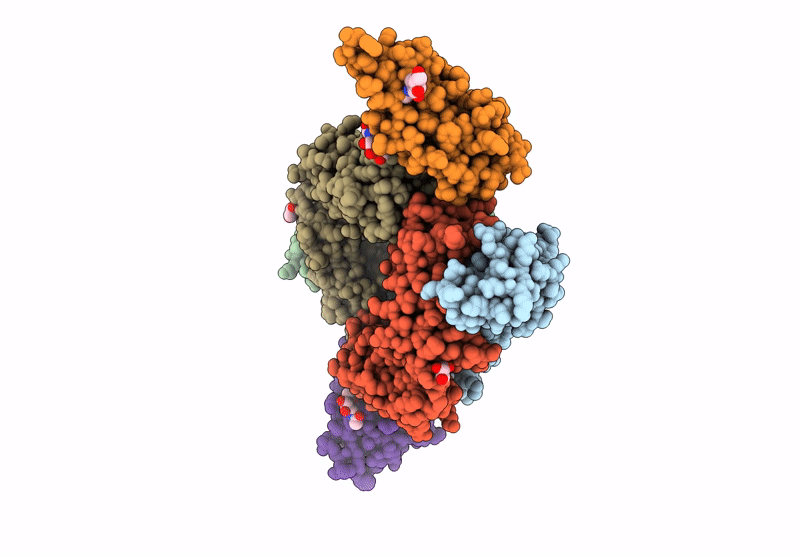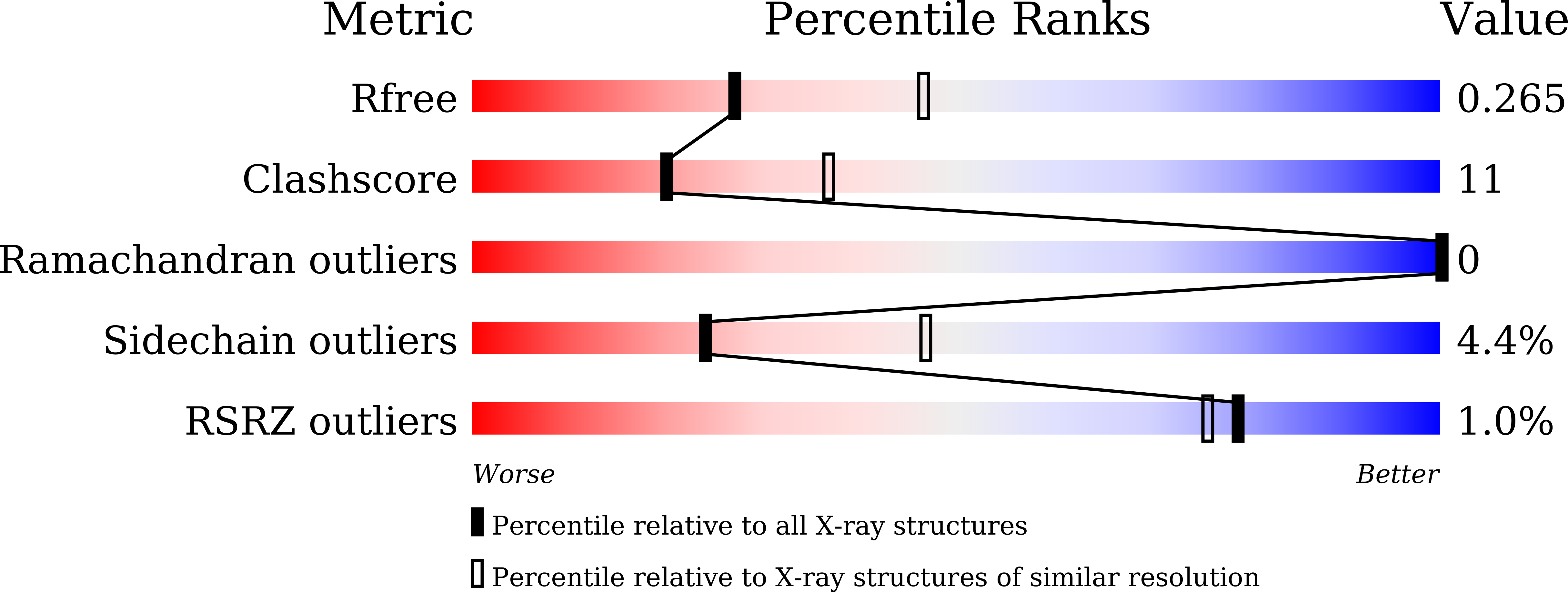
Deposition Date
2024-04-29
Release Date
2025-05-07
Last Version Date
2025-08-06
Entry Detail
PDB ID:
8ZCA
Keywords:
Title:
Crystal structure of human CD47 ECD bound to Fab of Hu1C8
Biological Source:
Source Organism:
Homo sapiens (Taxon ID: 9606)
Host Organism:
Method Details:
Experimental Method:
Resolution:
2.50 Å
R-Value Free:
0.26
R-Value Work:
0.21
R-Value Observed:
0.21
Space Group:
P 1


